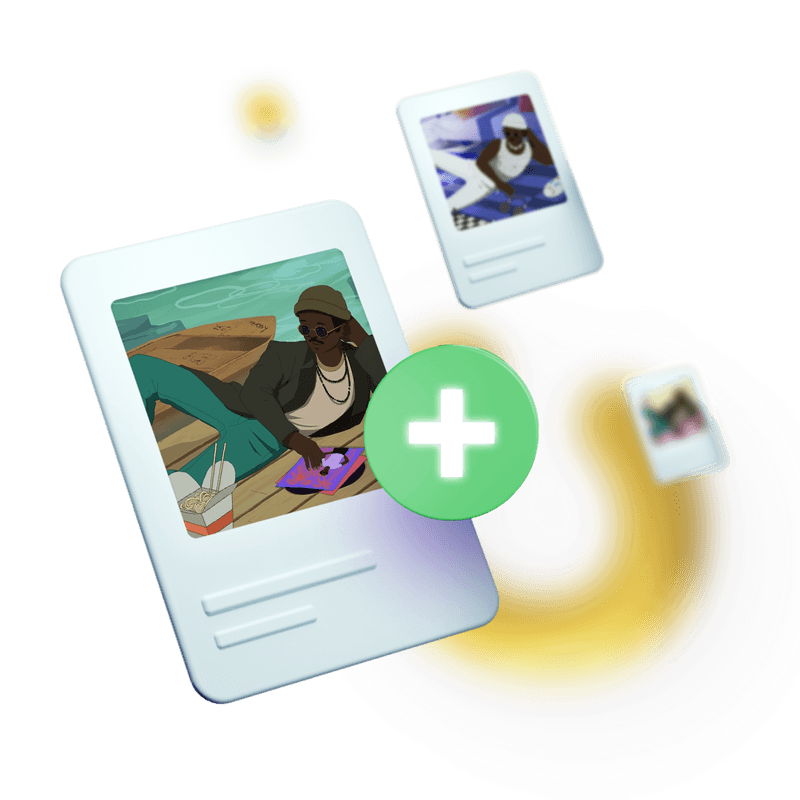What are NFT drops?

What are NFT drops?
An
NFT drop happens when a new NFT collection is released. NFT drops can vary in
both how the NFTs are sold (listed for sale or auction), and in who they’re
released to (the public, or a specific list called an “allowlist”).
Often,
NFT drops coincide with when the NFTs in the collection are minted, that is,
written to the blockchain. You might hear these terms used interchangeably— a
drop might be referred to as the project’s mint.
Primary
vs. secondary NFT sales
In
addition to the term “drop” you may also hear the terms “primary” and
“secondary” when referring to NFT sales or markets. This is because NFTs are
often bought and sold multiple times after their initial purchase.
Primary
sales
Primary
sales happen the first time an NFT is sold. The first sale can be after the
creator has minted (written the NFT to the blockchain) their work themselves,
or it can be minted by the buyer at the time of purchase. NFT drops are almost
always the primary sale of the collection.
Sometimes, there are additional benefits for those who
participate in the primary sale and are the first owner of the NFT. For
example, an art collection might offer community membership to anyone who holds
an NFT from the collection, but only the people who minted an NFT in the
primary sale get a physical print of the artwork.
Secondary sales
Secondary
sales happen when NFTs are bought and sold after the initial sale, similar to
how fine art or trading cards might pass through multiple owners’ hands over
time. Because all NFT transactions are written on a public, immutable
blockchain, you can see an NFT’s entire sale history, all the way back to the
primary sale.
What does an NFT drop entail?
Typically,
when an NFT project announces their upcoming drop (usually on their official
Twitter or Discord), they’ll include information about the allowlist, “the
reveal,” and the drop schedule. Let’s walk through these pieces.
Allowlists
An
allowlist is a list of crypto wallet addresses predetermined by the NFT
project’s founders or team that may have special or early access to the NFT
drop. Think of it like being on the list at a nightclub— you get to skip the
line and go right in. Projects may give allowlist spots to people who hold
other NFTs from the same creators, influencers, active members of the project’s
community, or giveaway winners.
Reveals
NFT
project mints will usually have a “reveal.” This means that when buyers
participate in the drop, the NFTs everyone mints will look the same (often
they’ll display placeholder artwork until the real artwork is revealed). Later,
the NFTs will be “revealed” when the drop owner updates the NFT’s metadata.
Although the NFT you own is still the original token, the image will look
different. This is common when NFTs within a given collection have different
utility or varying rarity. Think of it like buying a pack of Pokémon cards— you
buy the pack hoping you’ll get something rare, but you don’t know until you
open it. Reveals typically happen after the mint date. It’s up to the creator
to decide when they want to reveal the collection’s artwork, and the timeline
varies from creator to creator.